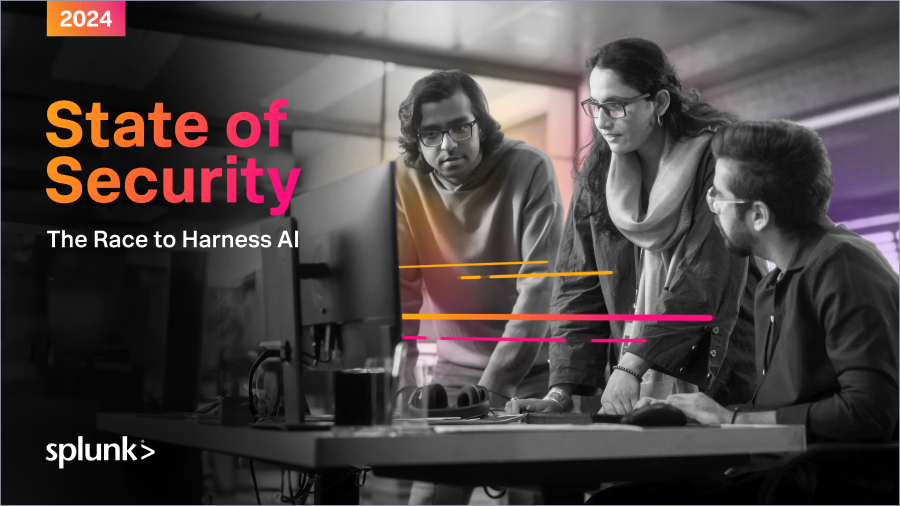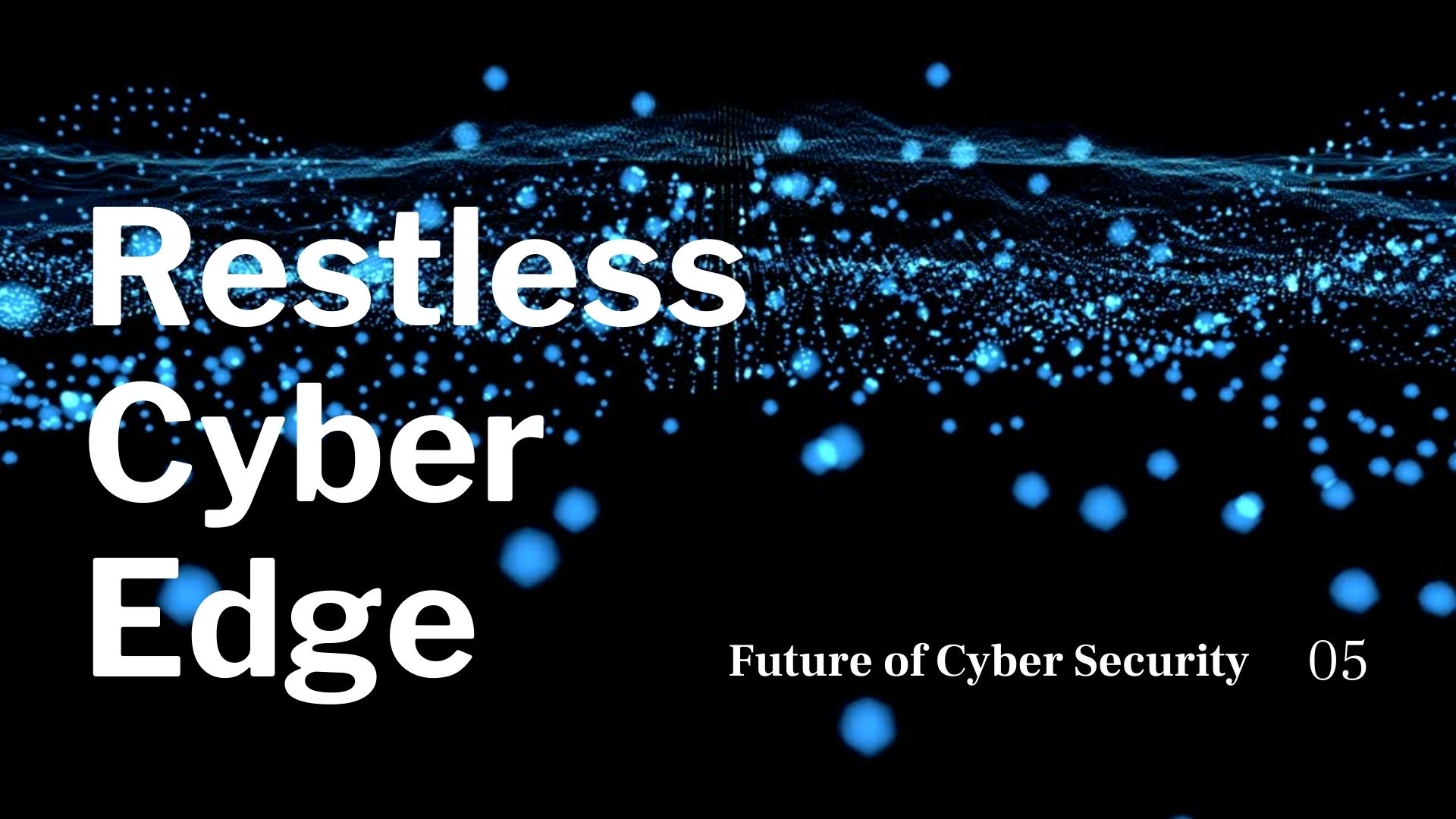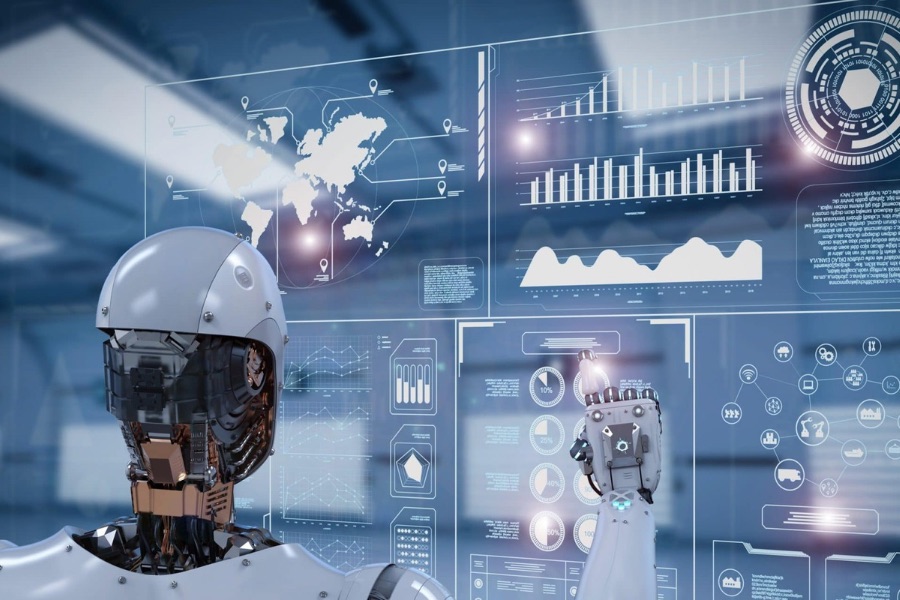Generative AI VS Agentic AI: Key Differences
June 28, 2025, 6 min read
GenAI or Agentic AI. Have you been using those terms like they mean the same thing? A lot of people do. It’s easy to assume they’re just two sides of the same coin. Perhaps even a fancy rebranding. After all, they both use large models, they both sound futuristic, and they both make big promises.
But the truth is, they’re not the same. Not even close.
We’ve already walked through how to build agentic AI in a detailed guide, but before you even get to that point, you need to understand what makes it different. In this blog, we’re breaking it down. What is GenAI, really? What makes an AI agentic? Where do they overlap, and where do they go off in completely different directions? And after that, why does it all matter?
Let’s get into it.
What Is Generative AI?
Generative AI is the kind of AI most people are already familiar with. It’s the one that takes a prompt and spits something back out. It can be text, images, music, code, you name it. It doesn’t think, plan, or act. It just… generates. You give it input, it gives you output.
What makes it powerful is the scale of what it’s trained on. These models have digested billions of data points: books, websites, conversations, open-source code. They learned patterns well enough to recreate them. But don’t confuse that with understanding or intent. Generative AI doesn’t know why it’s giving you a poem about quantum mechanics in the style of Dr. Seuss. It’s just good at guessing what comes next.
Key features of Generative AI:
Trained on massive datasets (text, images, code, etc.)
Works through pattern recognition and prediction
Generates content based on a user prompt
Doesn’t have goals or memory (unless engineered into the interface)
No agency so can’t act on its own or make decisions
Tools like ChatGPT, Midjourney, Claude, and GitHub Copilot are all solid examples of GenAI in action. They’re useful, creative, and powerful—but at the end of the day, they still wait for you to tell them what to do.
What Is Agentic AI?
Agentic AI is a different breed. It doesn’t just wait for a prompt, it sets goals, makes decisions, and takes action. Where GenAI is reactive, Agentic AI is proactive. It’s built not just to create things, but to do things.
This kind of AI can take a high-level objective—something like “find the best marketing channels for this product” or “apply to five jobs that match my resume”and then figure out the steps required to make it happen. It can browse the internet, write emails, interact with APIs, run code, and even decide when to stop or try again.
And it’s not just throwing out guesses like GenAI. Agentic systems track their progress, evaluate outcomes, and adapt. Some are even designed to remember past interactions and improve over time.
Key features of Agentic AI:
Autonomy: can initiate tasks without direct user input
Goal-oriented: works toward defined outcomes
Multi-step planning and decision-making
Tool-using: can call functions, APIs, or even other AI models
Often built as a system of multiple models or components working together
Examples include AutoGPT, Devin, and some experimental agents running inside platforms like OpenAI or Replit. These are still early-stage, but they show where AI is headed: toward systems that don’t just answer questions, but get things done. More than just regular assistants that take orders.
The Core Differences Between GenAI and Agentic AI
Like we have said, they might look similar at first glance for a stranger but they diverge as soon as you start using them. One is built to produce content on demand; the other is built to set and pursue goals without you holding its hand.
Initiation
GenAI: Only acts when you prompt it.
Agentic AI: Can kick off tasks on its own.
Goal Orientation
GenAI: Focuses on delivering a single piece of content.
Agentic AI: Works through a series of steps toward a defined objective.
Workflow Style
GenAI: Linear and one-off—generate, done.
Agentic AI: Orchestrates multi-step processes, from planning to execution.
Decision-Making
GenAI: Predicts the next token; no judgment or course correction.
Agentic AI: Evaluates outcomes, adjusts its approach, and decides the next move.
Memory and Context
GenAI: Stateless by default—everything lives in the prompt you send.
Agentic AI: Often stateful—remembers past actions and their results.
Tool Use
GenAI: Stays within its model boundaries unless you explicitly chain in tools.
Agentic AI: Natively calls APIs, runs code, uses other models, and integrates tools.
Autonomy Level
GenAI: Dependent on constant human direction.
Agentic AI: Operates independently once given a goal.
Workflow Benefits: GenAI vs Agentic AI
Okay guys, to make things more than crystal clear, we are now gonna spell it out for you. It’s not just about what they can do, it’s about how they fit into the process, how much they can handle, and how much oversight they need.
Speed vs Ownership
GenAI helps you work faster. It speeds up content creation, summarization, ideation, and similar tasks where the human is still steering.
Agentic AI goes further. It doesn’t just assist—it takes ownership of tasks and sees them through with minimal input.
Human Involvement
GenAI requires frequent prompting. Each new task or step needs human direction.
Agentic AI handles full workflows with limited intervention, making decisions and adapting along the way.
Complexity Handling
GenAI works best for single-step outputs.
Agentic AI thrives in multi-step environments, where the task evolves and needs adjusting in real time.
Reliability and Scaling
GenAI is ideal when you want consistent, quick, one-off content or responses.
Agentic AI is better suited for long-running tasks, process automation, and scalable operations where speed alone isn’t enough.
Context Awareness
GenAI loses context between interactions unless engineered otherwise.
Agentic AI often retains context, tracks state, and builds on previous actions to improve outcomes.
In short (bro, are you still confused?): GenAI helps you do the work. Agentic AI can be the worker.
Use Case Showdown: When to Use GenAI vs Agentic AI
GenAI and Agentic AI aren’t competing for the same jobs. They solve different problems, and trying to use one like the other is a fast way to get underwhelming results.
Where GenAI Shines:
Content creation: Drafting articles, writing copy, generating images or audio
Code assistance: Suggesting snippets, fixing bugs, translating languages
Summarization & analysis: Turning long documents into digestible overviews
Idea generation: Brainstorming names, titles, outlines, or concepts
Conversational support: Chatbots, Q&A systems, customer service scripts
GenAI is your go-to when the goal is a clear output. It’s fast, creative, and scalable—but it needs a prompt every time.
Where Agentic AI Takes Over:
Process automation: Handling multi-step workflows like onboarding or lead qualification
Research agents: Browsing the web, extracting data, and summarizing findings
Developer tools: Building full-stack projects, running tests, updating codebases
Job applications: Searching for relevant openings, tailoring resumes, and submitting applications autonomously
Monitoring systems: Tracking changes, alerting users, taking corrective actions without supervision
Agentic AI is built for tasks where there’s a goal, not just an output. It figures out how to get from A to B—and then actually gets there.
Where They Intersect and Complement Each Other
After all this rant about what they are and how they work, you can probably understand that they work together the best.
Most Agentic AIs rely on generative models to handle specific subtasks—like writing emails, summarizing results, or generating code. GenAI fills in the creative or language-heavy gaps, while the agentic layer handles coordination, decision-making, and follow-through.
Think of it like this:
GenAI is the toolset—capable of producing things quickly and on demand.
Agentic AI is the project manager—deciding what needs to happen, when, and in what order.
They complement each other in any system that needs both brains and hands. The agent defines the direction, while the generative model helps with execution.
So, it’s not a question of which one is better. It’s a question of how they can be combined to build systems that are both intelligent and useful.
Final Words
AI isn’t just a single thing and it’s time we stopped pretending it is. Generative AI and Agentic AI serve different purposes, follow different logic, and require different levels of oversight. If you’re treating one like the other, you’re either overengineering the simple or oversimplifying the complex.
Understanding this split is for anyone using AI to make decisions, automate tasks, or build new products. The expectations you set, the results you get, and the trust you build all hinge on knowing what kind of intelligence you’re working with.
So if you’re going to use AI make sure you actually know which kind of brain you’ve handed the keys to.




























